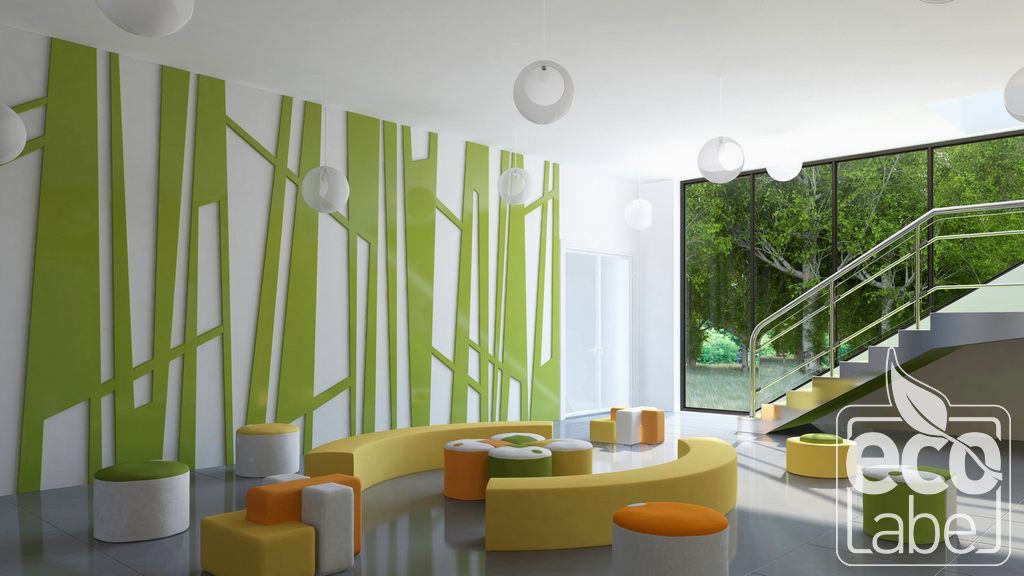Eco label is a legally protected labeling method given to a product or service that guarantees that this product or service complies with predetermined environmental and social criteria. As such, all eco labels focus on the environmental aspects of a product or service. On the other hand, eco labels are a tool that tries to express the differences in similar products according to their environmental effects.

Eco-labeling is actually a kind of product differentiation, and an eco-labeled product or service is making a premium in its own market. This naturally requires the consumers to be conscious as well. The reliability of an eco-label and the market for eco-labeled products play an important role in the success of that eco-label.
Most eco-labels are managed by non-profit organizations and are independent of commercial concerns. Eco labels inform consumers about the environmental impacts of their purchasing decisions, and at the same time, they provide a competitive advantage to manufacturers.
The main ECO LABEL criteria for furniture are collected under the following headings:
Within the framework of the product description criterion, the technical drawings and dimensions showing the assembly of the component parts and materials and sub-components that make up the final furniture product, together with the product material list indicating the total weight, should be given to the organization that will make the audits for certification and will give eco label approval. This information should include the product itself and how it is shared between different materials such as solid wood, wood-based panels, cork, bamboo, rattan, plastics, metals, leather, coated fabrics, textiles, glass and filling materials. Materials that do not fall into this group should be listed as other materials and their total amount should not exceed 5 percent of the total product weight.
Our organization has a strong staff that closely follows the developments in the world in the field of science and technology and constantly improves itself. At the same time, it uses modern test equipment and applies test methods accepted all over the world. In this context, it provides ECO LABEL certification services for furniture to manufacturers.